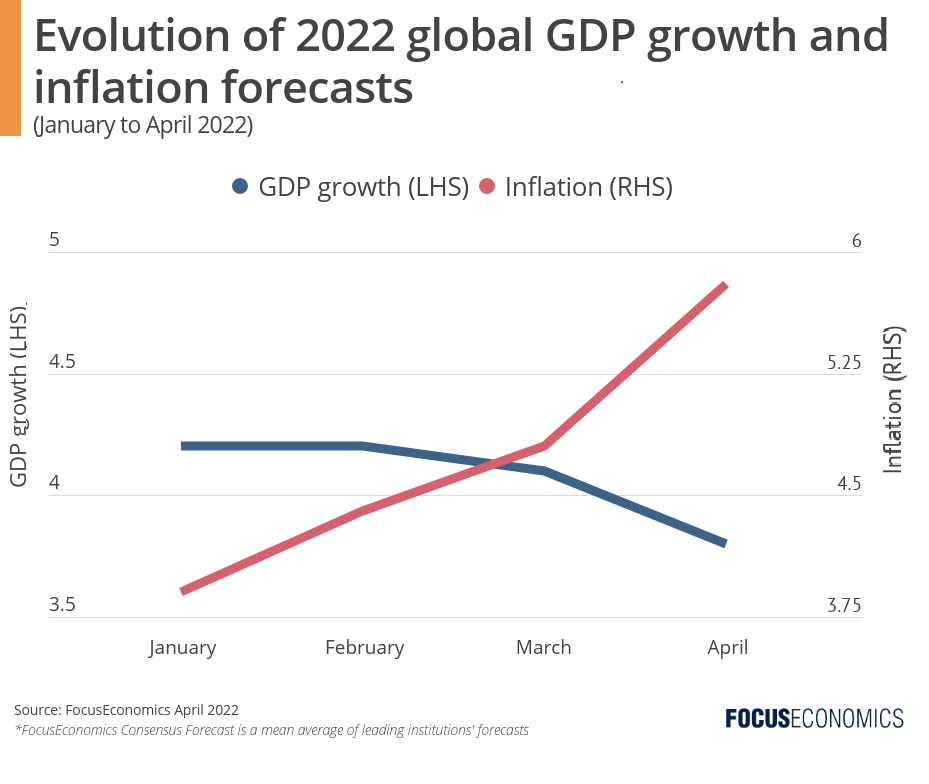
Looking ahead, the global economy will continue to grapple with lingering supply chain disruptions in the near term, while commodity prices are projected to remain elevated, leading to longer and more pronounced inflationary pressures this year relative to 2021. Moreover, as central banks tighten interest rates dramatically this year, with further Covid-19 related shutdowns and a worsening of the war in Ukraine still possibilities, the global economic outlook may continue to deteriorate as we enter the second quarter of 2022.
- Insights from Our Analyst Network
Commenting on the latest supply chain issues, Andrew Hencic, senior economist at TD Economics, noted:
“Timelines around a sustained improvement in supply chains have been pushed back yet again amid the war in Ukraine and Covid-19 surge in China—to what extent, only time will tell. What is clearer to us is that so much will depend on how the demand side of the equation evolves in the coming months. If we’re right in our forecast, U.S. goods demand is poised to cool significantly in H2 2022 and into 2023, helping to ease supply chains leaving them less vulnerable to supply-side hiccups.”
Commenting on the global economic outlook with regard to the war and the pandemic, analysts at HSBC noted:
“To say that the global economic outlook is exceptionally uncertain is undisputable. Global growth will clearly be weaker than it would have been and inflation will be higher, potentially significantly so. Already the swings in commodity prices and financial markets have been dramatic and volatility appears set to be a feature of the outlook for the foreseeable future. Economic forecasts could be in a state of persistently playing catch-up as world leaders take decisions that affect the macroeconomic outlook. The challenges facing the major central banks grow ever harder.”
Try our portal now
Quickly and easily compare the latest forecasts for G7 economies across key macroeconomic indicators with FocusAnalytics
